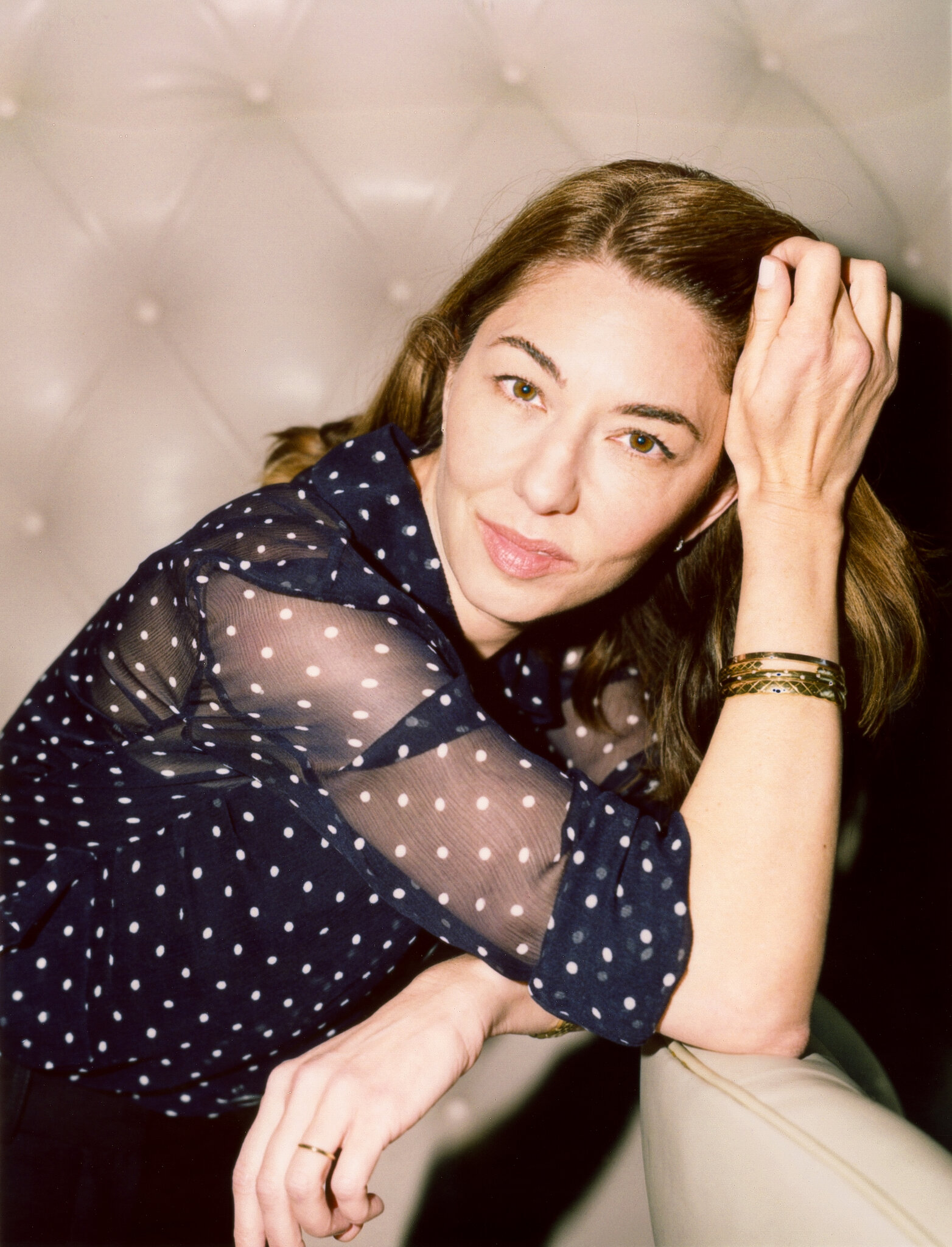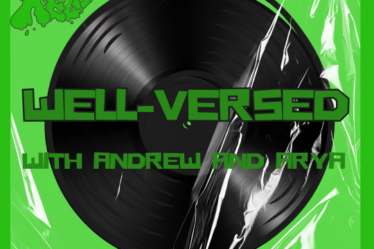
By: Georgie Fleming
Although Sofia Coppola began her career as a baby in her father, Francis Ford Coppola’s The Godfather, her innovative and unique directorial style has made her a prominent name within the film industry. Watching The Virgin Suicides for the first time as a teenager, I was introduced to AIR through the dreamy, hypnotic soundtrack produced for the film. The low-budget 1999 film was Coppola’s debut as a director, her first of many collaborations with Kirsten Dunst and the genesis of what we know to be the Sofia Coppola aesthetic. AIR’s track, “Playground Love” is inevitably synonymous with the film, and perfectly encapsulates themes of first love, adolescence, and lust. Sofia Coppola uses the music in her films to create moments that extend past the screen – Emma Watson dancing to “212” by Azealia Banks playing in a club in The Bling Ring, or the bittersweet moment when Scarlett Johansson and Bill Murray part in the final scene of Lost in Translation as The Jesus and Mary Chain’s “Just Like Honey” plays.
Whether you’ve only seen The Bling Ring, or spent your teen years yearning to be a Lisbon sister, Sofia Coppola has become one of the most influential directors of our generation. Movie soundtracks are an essential component of storytelling, as Coppola describes it in an interview with the American Film Institute – “putting the music together makes it come alive, have energy, and conveys so much of the feeling.”
Think Chuck Berry’s “You Can Never Tell” in Pulp Fiction – if that doesn’t conjure the image of John Travolta and Uma Thurman dancing in a diner, I would say your film education is significantly lacking. Good films don’t rely on the score, but instead utilize them to create dynamism for the audience, creating that inextricable connection between sound and film. Coppola’s love for music certainly reaches through the screen, including songs which the character might listen to, or that bridge the present with the past; such as the iconic shopping scene in Marie Antoinette with “I Want Candy” by Bow Wow Wow playing. Visuals and good music go hand-in-hand in all of Coppola’s work, including frequent collaborations with Phoenix, the band of her husband, Thomas Mars.
Coppola makes the on-screen and off-screen become one through this synchronization of images and sound, making the music feel like an intentional, vital part of her storytelling. Music both inspires and informs the way Coppola expertly sets the mood and crafts distinct aesthetics for each of her films. Often using minimal dialogue and long shots, the sound of scenes proves to be an integral part of Coppola’s initial filmmaking and writing process. For Coppola, what words can not convey, music can.



